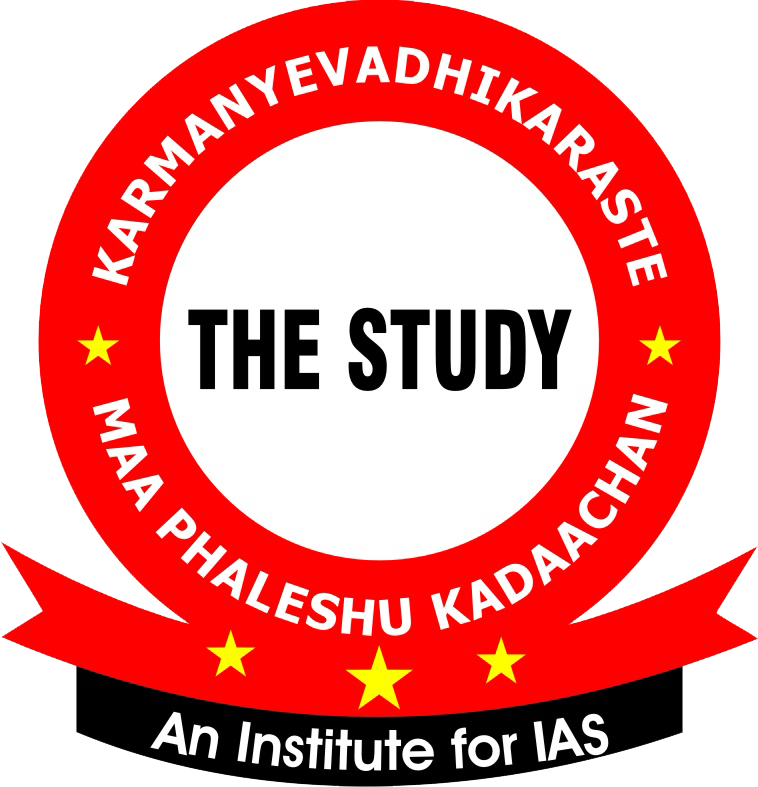Aug. 1, 2023
Take-Make-Dispose Model
Take-Make-Dispose Model
Why in the news?
- With growing need for a ‘reduce-reuse-recycle’ model, India’s G-20 presidency has focused on adopting resource efficiency and moving to a circular economy.
Key Points
- Resource efficiency and circular economy have emerged as key solutions in collective efforts in tackling planetary challenges.
- Resource efficiency and circular economy are powerful strategies that can effectively minimise dependence on natural resources, curtail waste and encourage sustainable design practices.
- In the collective global endeavour to ensure sustainable development and realise the Sustainable Development Goals, decoupling resource utilisation from economic growth is going to be the key.
- Recognising the need to switch from the ‘take-make-dispose’ to ‘reduce-reuse-recycle’ model, India has prioritised ‘Resource Efficiency and Circular Economy’ as one of the three core themes for deliberations in the G-20 forum.
- India has embraced four priority areas for the circular economy during its G-20 presidency:
- Circularity in the steel sector;
- Extended Producer Responsibility (EPR)
- Circular bioeconomy
- Establishing an industry-led resource efficiency and circular economy industry coalition.
Moving to a circular steel sector
- Most G-20 member countries have committed to net zero ambitions and are working to mitigate greenhouse gas emissions.
- In order to ensure growing resource consumption in an environmentally responsible manner, there is also a need to raise the current recycling rates of 15%-25%.
- Given the crucial role of steel in infrastructure development, its efficient utilisation is important. The demand for steel is poised to grow especially in growing economies such as India.
- Globally, about 7% of energy sector emission is attributed to iron and steel production.
- Transitioning towards a circular steel sector is a key strategy to tackle steel sector emissions.
- The presidency document for knowledge exchange on the ‘Circular Economy in the Steel Sector’ is a potential blueprint for a net zero pathway for the steel industry, reducing resource utilisation and minimising wastage.
- Under India’s G-20 presidency, there is an emphasis on the significance of the EPR framework in integrating circularity throughout the value chain. As different countries have implemented different EPR models, it is necessary that G-20 member-countries share best practices to accelerate the transition to a circular economy.
Recycling, a bioeconomy and biofuels
- Effective implementation of EPR plays a pivotal role in promoting the growth of the recycling infrastructure and establishing a streamlined waste collection system.
- With over 20,000 registered Producers, Importers, and Brand Owners (PIBOs) and over 1,900 plastic waste processors on the centralised EPR portal, India boasts one of the largest frameworks for EPR.
- The combined EPR obligation of registered PIBOs crosses 3.07 million tons. India has also notified comprehensive rules for e-waste and battery waste management.
- Since 1970, the consumption of biological resources in G-20 member countries has risen 2.5 times. Bio-waste such as municipal and industrial waste and agricultural residue has become a global issue
India’s initiative
- The Government of India has been working towards the adoption of biofuels.
Pradhan Mantri JI-VAN (Jaiv Indhan-Vatavaran Anukool fasal awashesh Nivaran) Yojana
- The Pradhan Mantri JI-VAN Yojana provides financial support to integrated bio-ethanol projects to set up second generation (2G) ethanol projects.
- 2G bioethanol technology produces bioethanol from waste feedstock such as crop residues and municipal solid waste that would otherwise have no value.
- Additionally, India has also made it mandatory for coal-burning thermal power plants to use a 5% blend of biomass pellets along with coal.
GOBAR Dhan Scheme
- The Galvanizing Organic Bio-Agro Resources (GOBAR) Dhan scheme was launched by the Government of India to convert cattle dung and other organic waste into compost, biogas, and biofuels to promote sustainable agriculture and reduce pollution.
- With over 500 functional biogas plants, the scheme has also helped create rural livelihoods and ensured improved sanitation.
SATAT Scheme
- The Sustainable Alternative Towards Affordable Transportation (SATAT) Scheme, launched in 2018 to promote the use of Compressed BioGas (CBG) as an alternative green transportation fuel, has aided the bioenergy sector by accelerating the development of infrastructure for the production, storage and distribution of CBG.
Industry coalition
- As industries are crucial in advancing resource efficiency and circular economy practices, India has envisioned an industry coalition in these areas. The coalition will also aim to achieve enhanced technological collaboration, build advanced capabilities across sectors, mobilise de-risked finance, and facilitate a proactive private sector engagement.
*****

